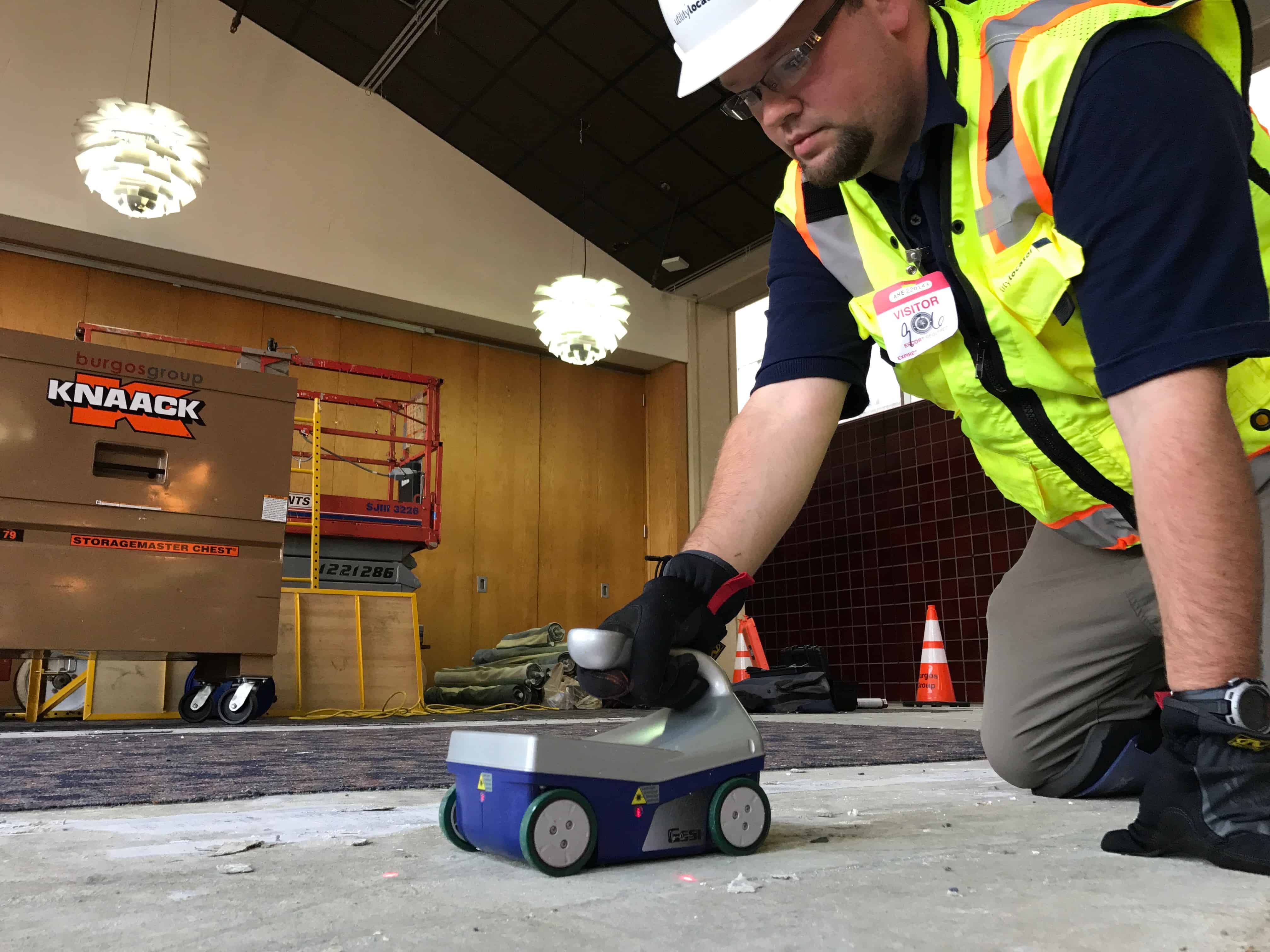Concrete Scanning: An Important Action Towards Making Sure Architectural Honesty and Safety And Security
In the realm of building and construction and framework upkeep, the importance of concrete scanning can not be overemphasized. This careful procedure holds the crucial to unveiling potential hazards concealed below the surface of apparently strong structures. By employing innovative innovation and techniques, concrete scanning acts as a crucial device in making certain that the stability and safety and security of structures and bridges are supported to the greatest standards. However, past its surface-level ramifications, the duty of concrete scanning expands far deeper than satisfies the eye.
Significance of Concrete Scanning
Concrete scanning plays an essential function in making certain the structural honesty and safety of buildings and framework jobs. By utilizing sophisticated modern technologies such as ground-penetrating radar (GPR) and electromagnetic induction, experts can non-destructively examine concrete frameworks to identify possible flaws, voids, embedded objects, and reinforcement design. This procedure makes it possible for very early detection of anomalies that might jeopardize the stability of a structure, preventing expensive problems and making certain the safety and security of owners.
Before drilling, cutting, or coring into concrete, scanning helps identify the precise locations of rebar, post-tension cable televisions, and other embedded aspects, decreasing the threat of unintended hits that might lead to architectural weak points. In addition, concrete scanning aids in top quality control by validating the density of concrete covers and spotting any discrepancies that might influence the general durability of the framework.
Technology for Concrete Inspection

Benefits of Very Early Detection
Timely detection of structural concerns can considerably minimize risks and ensure the long life of construction projects. By recognizing possible troubles early on in the building and construction procedure, stakeholders can take positive procedures to attend to issues before they escalate right into larger and much more costly issues. One of the crucial benefits of very early discovery is the avoidance of architectural failings, which can present serious safety and security risks and bring about task hold-ups and economic losses.
Furthermore, early detection permits prompt repair services and maintenance, which can help expand the life expectancy of the framework. By dealing with problems promptly, construction teams can stay clear of pricey repair services or perhaps the requirement for premature substitute of architectural components. This positive approach not only saves time and money yet also boosts the total safety and durability of the construction job.
Furthermore, very early detection can improve project preparation and decision-making by providing stakeholders with useful insights into the condition of the structure. Equipped with this information, project supervisors can make educated choices concerning building and construction products, methods, and timelines, leading to much more successful and reliable task results.
Guaranteeing Structural Stability
Guaranteeing the architectural security of a construction task is extremely important to its security and long life. Concrete scanning plays a vital role in making sure architectural security by finding prospective issues such as gaps, delamination, or reinforcement rust that can endanger the honesty of the structure over time.
By utilizing this contact form sophisticated scanning technologies like ground-penetrating radar (GPR) and electromagnetic induction, construction professionals can non-invasively check concrete structures to determine locations of issue beneath the surface area. This proactive technique enables the early discovery of flaws or weaknesses, allowing prompt repair services or reinforcement Visit Website to protect against structural failures.
Regular concrete scanning throughout various building and construction stages and throughout the life cycle of a framework can help preserve its stability, minimize dangers, and guarantee the safety of passengers. By prioritizing architectural security with concrete scanning, building and construction jobs can improve their strength and durability, eventually adding to better safety and security and long life.

Preventing Vital Failures
Carrying out regular assessments, such as concrete scanning, can reveal surprise problems like voids, fractures, or rust that could jeopardize the honesty of a framework. By using sophisticated scanning technologies like Ground Passing through Radar (GPR) or Concrete X-ray, engineers can non-destructively assess the condition of concrete and recognize weak points that require reinforcement or repair service.

Conclusion
In conclusion, concrete scanning plays an important role in making certain structural honesty and security by using innovative modern technology for early detection of possible concerns. This aggressive technique assists stop vital failings and makes sure the security of structures. It is important to prioritize concrete inspection as a basic method to safeguard the long life and security of structures and infrastructure.
Concrete scanning plays an essential role in making certain the architectural stability and safety and security of buildings and framework projects. Furthermore, concrete scanning help in high quality control by confirming the thickness of concrete covers and spotting any type of discrepancies that may impact the total longevity of the framework. Concrete scanning plays a crucial duty in ensuring architectural security by identifying prospective concerns such as voids, delamination, or reinforcement deterioration that can endanger the stability of the framework over time.

In verdict, concrete scanning plays an important function in making certain architectural integrity and safety and security by using advanced innovation for early discovery of prospective problems.